8 powerful female figures of ancient Rome
Here are the Roman women who made their mark on the ancient empire.
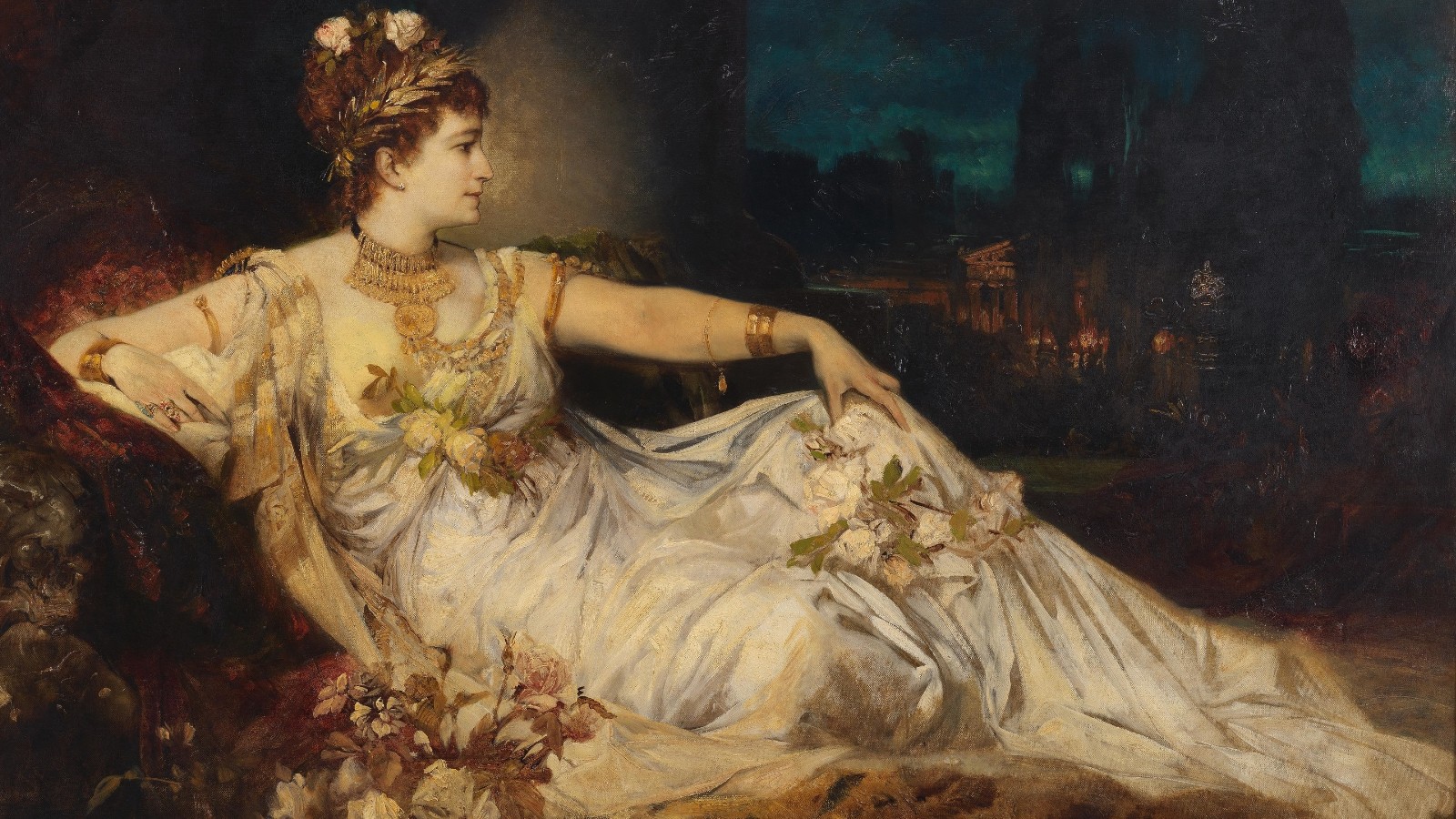
Women in ancient Rome held very few rights and by law were not considered equal to men, according to a 2018 article on The Great Courses Daily. Roman women rarely held any public office or positions of power, and instead their role was expected to be caring for children and looking after the home.
Most women in Roman society were controlled by either their father or husband. Especially among richer families, women and young girls were married off in order to form political or financial relationships, and rarely could choose their partner.
Despite this lack of rights, there is evidence of a few exceptional women who managed to attain great power and influence in ancient Rome. While some controlled events from the sidelines, others took matters into their own hands, forming conspiracies and even assassination plots to seize control of the Roman empire.
Here are eight of ancient Rome's most influential and powerful women.
Fulvia
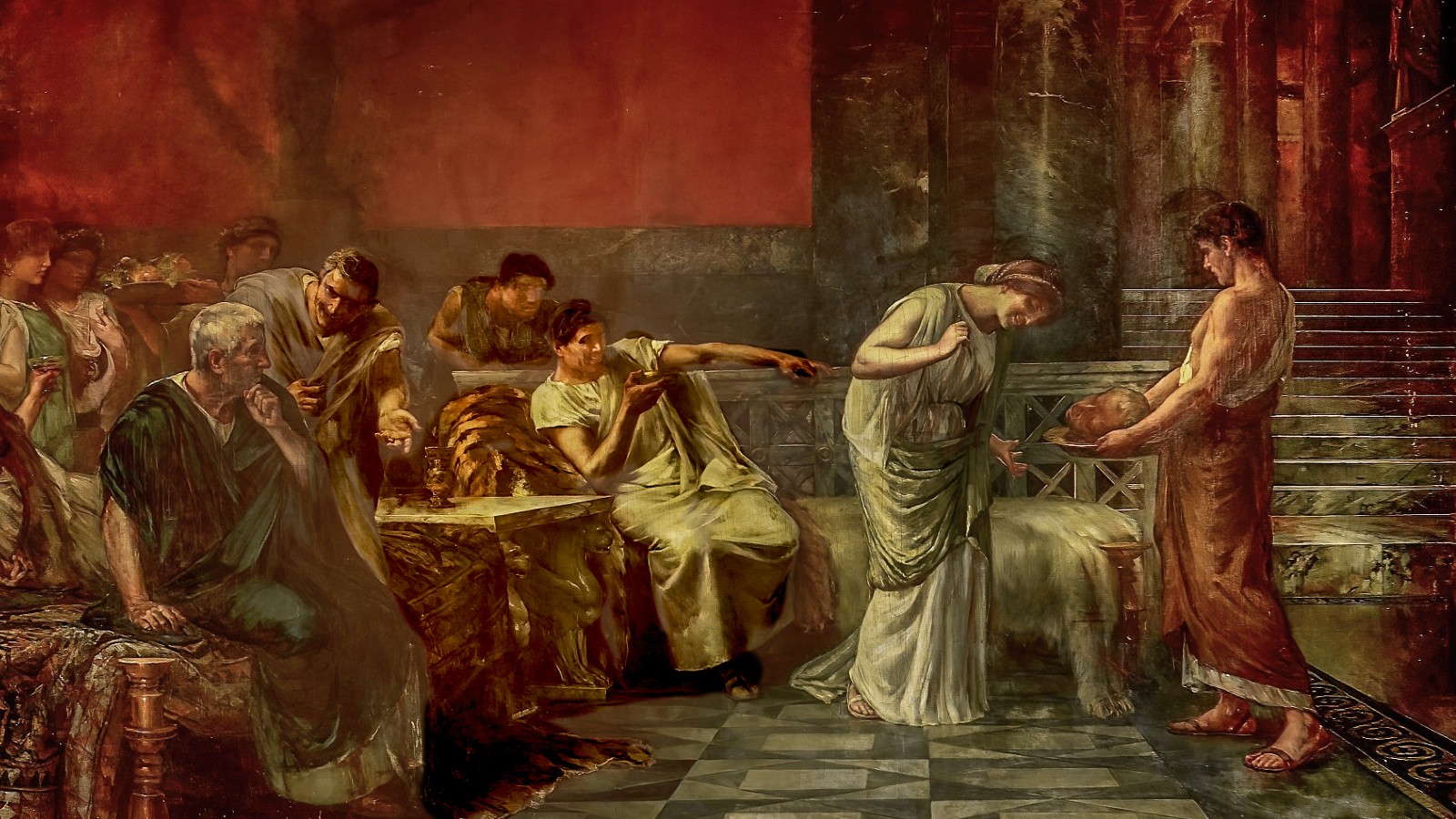
Born into a noble family around 83 B.C., Fulvia was influential in Rome around the time of Julius Caesar's assassination in 44 B.C. and built considerable personal wealth after she repeatedly became widowed. The earliest record of Fulvia describes the violent death of her first husband, a politician named Publius Clodius Pulcher.
"When a riot broke out during his campaign for office, Clodius was beaten to death by a mob paid for by a rival, Titus Annius Milo," historian Lindsay Powell told All About History magazine. "Fulvia and his mother dragged the corpse to the Roman Forum and swore to avenge his death."
Related: Did all roads lead to Rome?
In 49 B.C. her next husband, Gaius Scribonius Curio, was elected tribune, a powerful position in ancient Rome. Fulvia persuaded her deceased husband's followers to support Curio, said Joanne Ball, who has her doctorate in archaeology from the University of Liverpool in the U.K. "Fulvia was also adept at identifying the political mood within Rome, recognizing the value of allying with Julius Caesar and his populist cause, encouraging each of her husbands to form close links with Caesar," Ball said.
In 47 B.C., Fulvia married again — this time, to Mark Antony, Caesar's right-hand man. After Caesar's death three years later, Antony became one of three co-rulers of Rome, and the couple carried out a number of revenge killings, removing their political enemies, including politician Marcus Tullius Cicero. After Cicero's death in 43 B.C., Fulvia took the dead man's head, spat on it, took out the tongue and "pierced it with pins," according to Cassius Dio's "Roman History" (translation by Earnest Cary, through penelope.uchicago.edu).
The height of Fulvia's power was quickly followed by her downfall. In 42 B.C., Antony and his co-rulers left Rome to pursue Caesar's assassins, leaving Fulvia "de facto co-ruler of Rome," according to Ball. "In 41 B.C., in support of Antony's political ambitions, she opened hostilities with Octavian — Caesar's adopted son and Antony's main rival — raising eight legions in support of the cause," Ball said. "But by this stage, Antony's affections had been taken by Cleopatra of Egypt." Fulvia was defeated and died in 40 B.C., while exiled in Greece.
Livia Drusilla
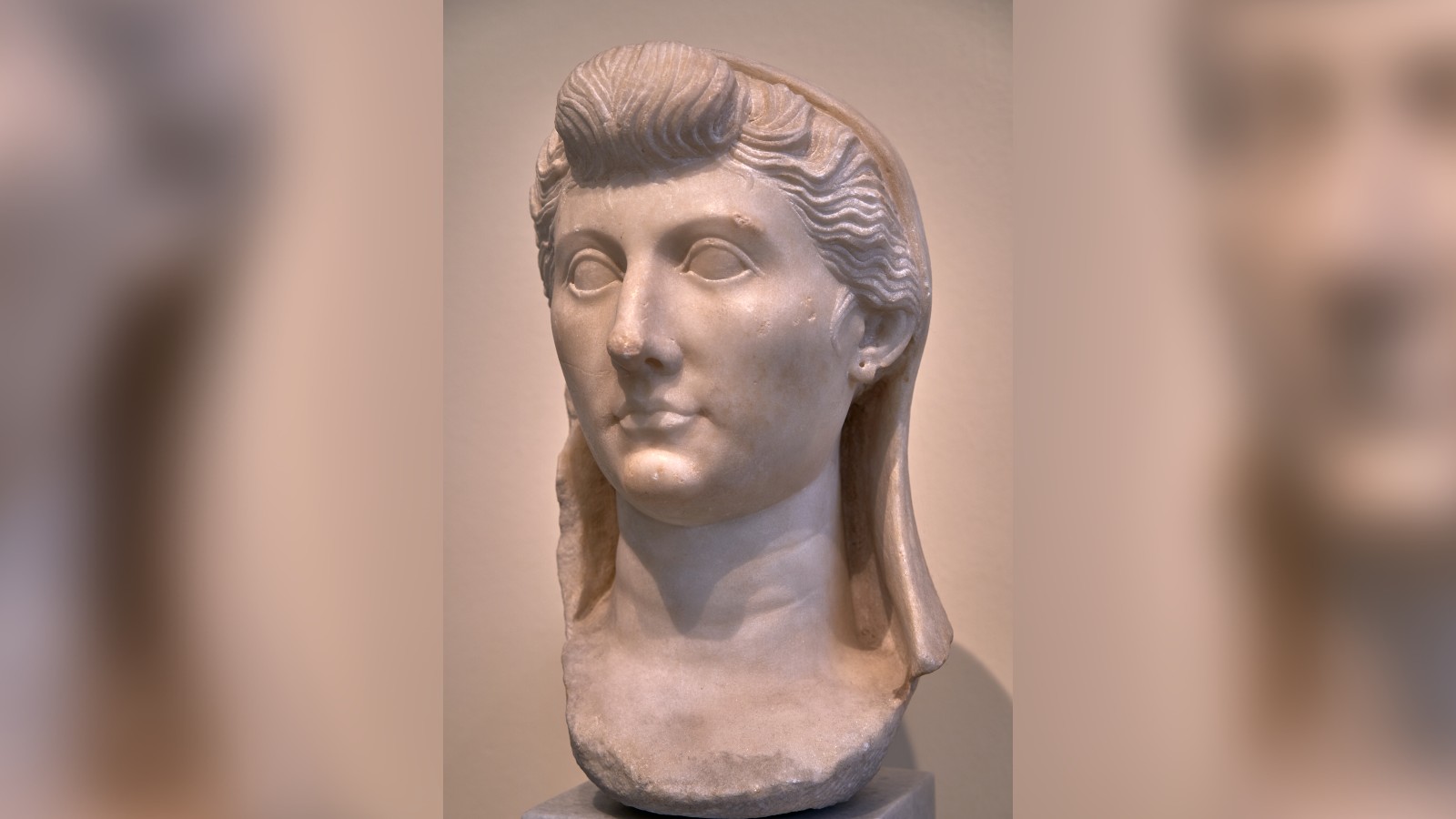
As the wife of Augustus (63 B.C.-A.D. 14), Rome's first emperor, Livia was one of the most powerful women during the early years of the Roman Empire. Though the couple did not produce an heir, Livia held a significant personal freedom,and was one of the most influential women Rome would ever see, according to Ball.
Related: Why did Rome fall?
In A.D. 4, Augustus adopted Tiberius, Livia's son from a previous marriage, and appointed him his successor. After Augustus' death, Tiberius did become emperor; however, there were rumors that Livia had killed her husband after he intended to change his successor. According to ancient historian Cassius Dio, it was rumored that Livia "smeared with poison some figs that were still on trees … She ate those that had not been smeared, offering the poisoned ones to [Augustus]," (translation by Earnest Cary, through penelope.uchicago.edu).
The emperor's will granted Livia a new name Julia Augusta, which also served as an honorary title. According to Dio, she remained influential during her son's reign until her death in A.D. 29.
Valeria Messalina

Valeria Messalina was the third wife of Emperor Claudius (10 B.C.-A.D. 54), though she was at least 30 years younger. According to some historians, she had relationships with several members of the imperial court and allied herself with others to secure her position. "Her lovers were legion, the gossips said, and she was exhibitionist in her lusts," Michael Kerrigan wrote in his book "The Untold History of the Roman Emperors" (Cavendish Square Publishing LLC, 2016).
Messalina formed an influential clique of the most important men in the imperial court, whom she used to remove rivals and secure her powerful position and influence in Rome. "Whenever they desired to obtain anyone's death, they would terrify Claudius and, as a result, would be allowed to do anything they chose," Dio reports in "Roman History".
After the birth of Messalina's son, Brittanicus, she used her influence to remove any rival claimants to the imperial throne, Paul Chrystal wrote in his book "Emperors of Rome: The Monsters" (Pen and Sword Military, 2019). "The first to go was Pompeius Magnus (A.D. 30-47), the husband of Claudius's daughter Antonia, who was stabbed while in bed."
In A.D. 48, Messalina and her lover, an aristocrat and consul named Gaius Silius, married while Claudius was away from Rome. According to historian Tacitus' ancient text "Annals", the pair plotted to overthrow the emperor and rule together. After the couple's plan was discovered by the emperor, he had the couple executed.
Agrippina the Younger
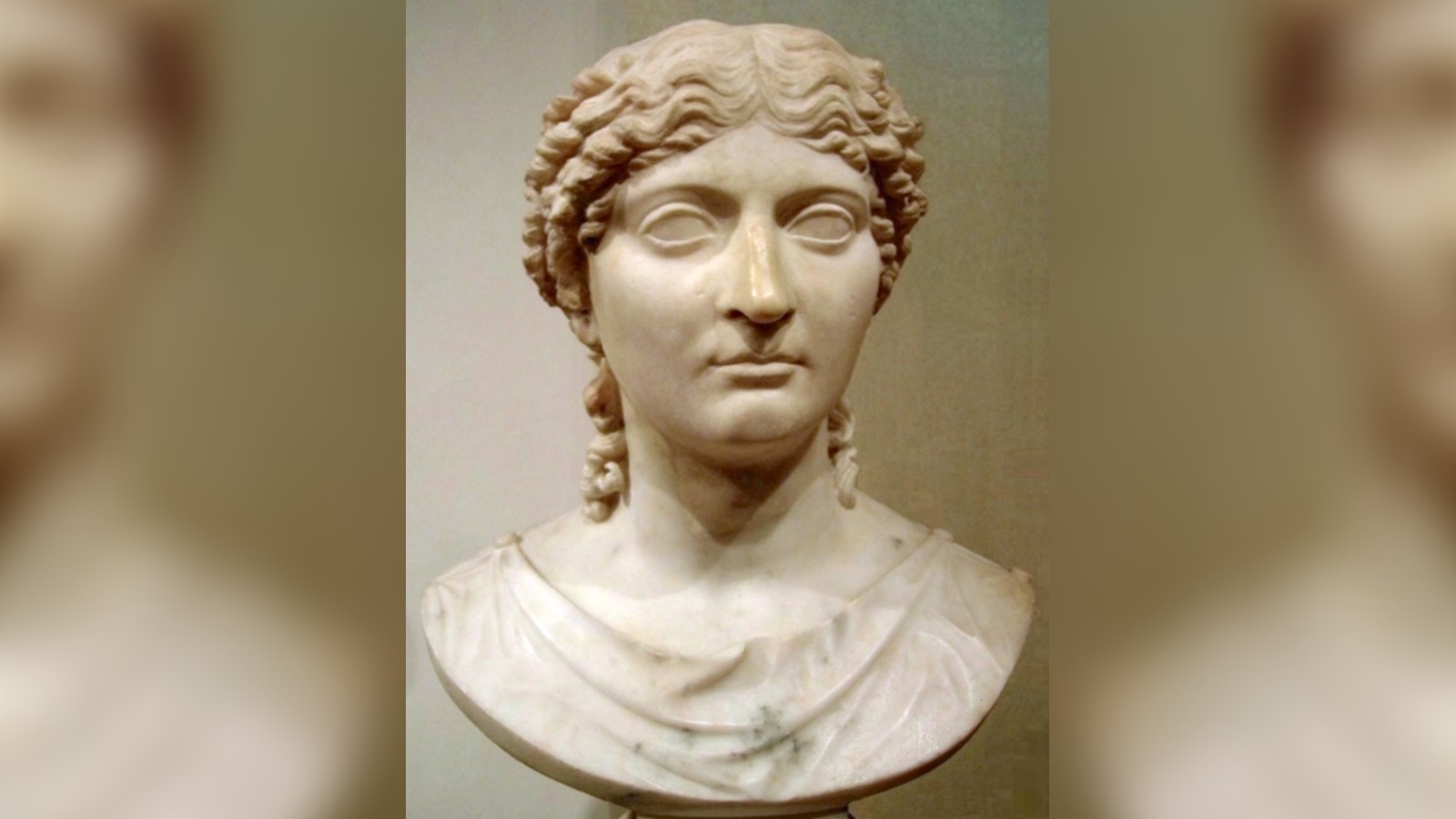
At different points in her life, Agrippina was the wife, niece, mother and sister of some of the most famous emperors of ancient Rome, according to Emma Southon, author of "Agrippina: The Most Extraordinary Woman of the Roman World" (Pegasus, 2019). In A.D. 39, her brother, Emperor Caligula (A.D. 12-41), exiled her for plotting against him, but she returned to Rome after he was assassinated in A.D. 41.
Eight years later, she married her uncle, Emperor Claudius. The emperor even changed the laws surrounding incest in order to marry his niece, who wielded a great amount of control over her new husband.
Related: The weird reason Roman emperors were assassinated
"Claudius was bad at politics and bad at ruling, and he was happy to accept help, even from his wife," Southon wrote. "Within a year, she had taken the honorific Augusta, making her Claudius' equal in name. Agrippina became intimately involved in the running and administering of the empire. She was her husband's partner in rule in every way. She broke every rule of appropriate female behaviour by refusing to be a quiet, passive wife."
Agrippina had her husband murdered by poison in A.D. 54, enabling her son Nero to take the throne, according to Tacitus's "Annals". While this secured her influence over the empire through her control over her young son, Nero soon conspired to kill Agrippina, whom he grew to resent because of her control over him. Tacitus describes how Agrippina survived several failed assassination attempts ordered by Nero before she was finally killed in A.D. 59.
Helena
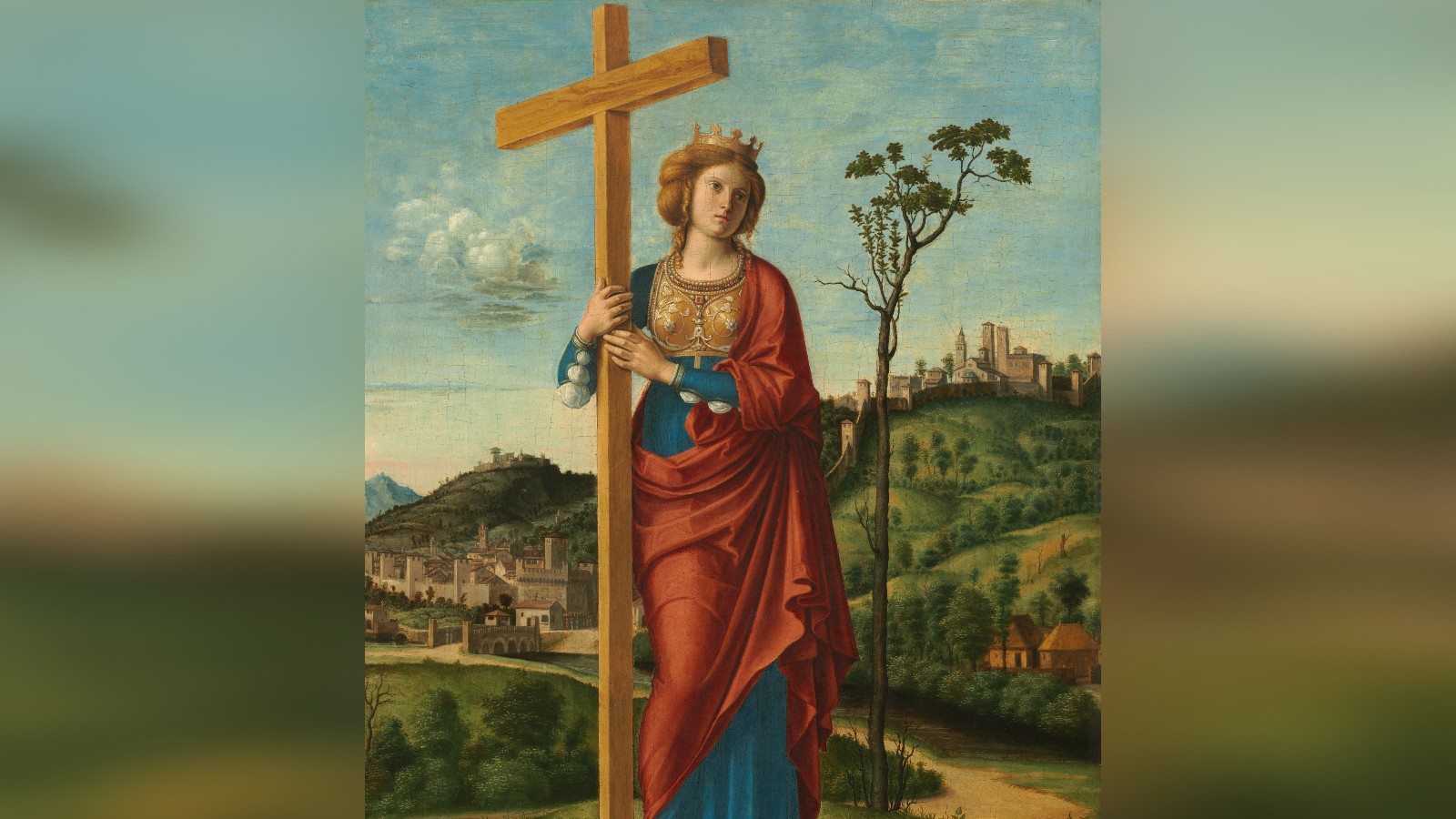
Although little is known of her early life, Helena played a key part in the conversion of the Roman Empire to Christianity, which led the Catholic Church to canonize her. She and her husband, Constantius, were separated before he became emperor in A.D. 293. It was not until her son Constantine became emperor in A.D. 306 that Helena began to assert her influence.
"Helena's story is unique in that her marriage has little bearing on her rise to fame," said Anneka Rene, a researcher at University of Auckland. Under her son's rule, Helena was elevated to the role of "dowager empress" with the honorary title of "Augusta Imperatrix," which gave her unlimited access to the imperial treasury, Rene said.
After converting to Christianity, Helena went on a pilgrimage to the Holy Land in A.D. 326. There, she ordered the building of churches at Jesus' birthplace in Bethlehem and at the site of his ascension near Jerusalem. While on this pilgrimage, she recovered a number of relics, including pieces of True Cross from Jesus' crucifixion.
"She would later be given a sainthood; her feast day is celebrated on May 21, Feast of the Holy Great Sovereigns Constantine and Helena, Equal to the Apostles," Rene said. "Her relics, and even her bones, are now found right across the world — most notably, her skull is on display in the Cathedral of Trier in Germany."
Claudia Metrodora
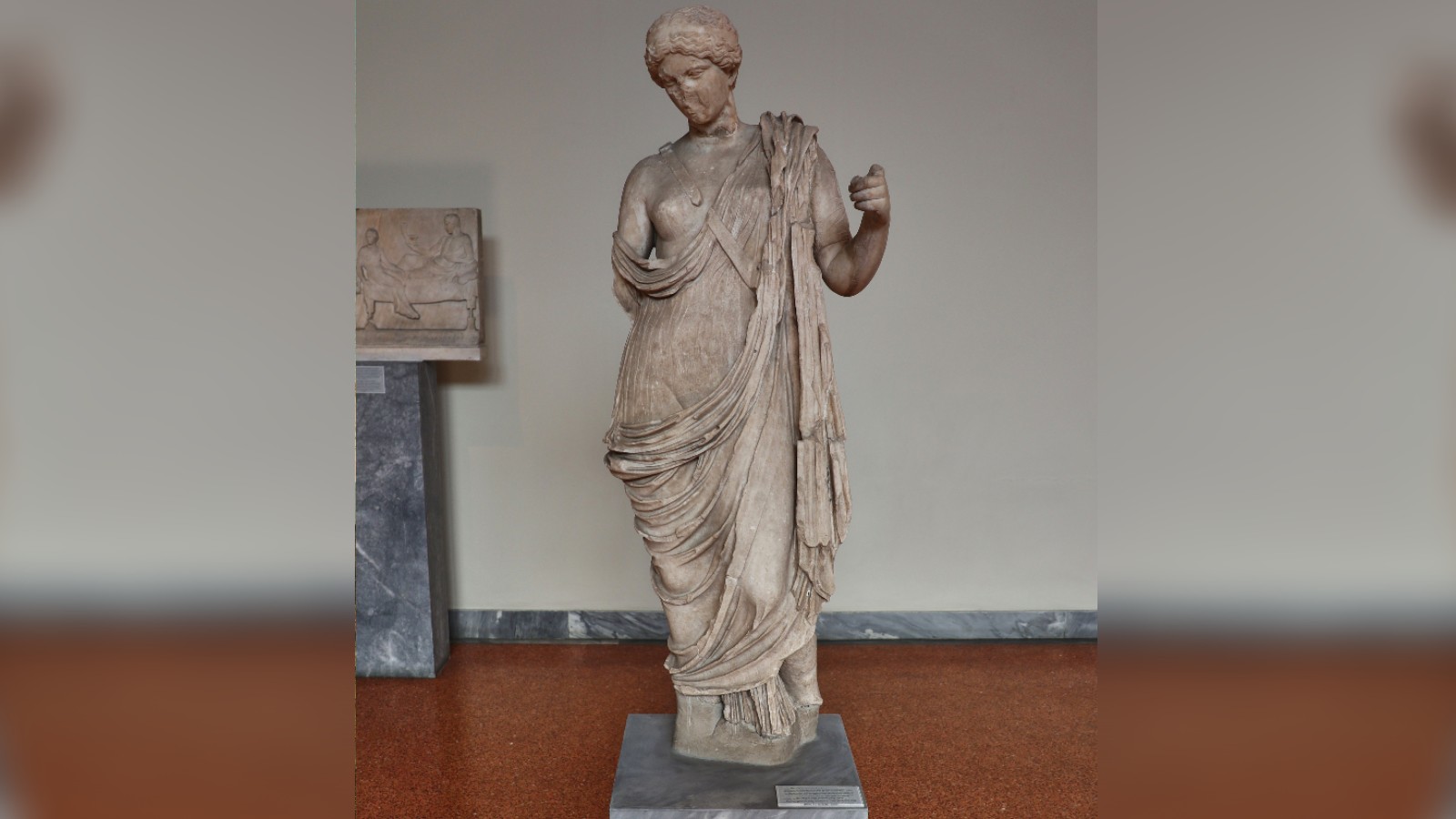
Although it was incredibly rare for women in ancient Rome to be directly involved in politics, Claudia Metrodora is one such example of a rich, powerful and influential person in her community.
A Greek woman with Roman citizenship, Metrodora held extraordinary power on the island of Chios, reaching the most important position on that island. "Metrodora held several political offices, including twice being appointed "stephanophoros," the highest magistracy on Chios, and "gymnasiarch" (meaning official) four times," Ball said.
Metrodora was also president of an important religious festival on three separate occasions. "One inscription in particular describes her as 'being desirous of glory for the city ... a lover of her homeland and priestess of life of the divine empress Aphrodite Livia, by reason of her excellence and admirable behaviour,'" Rene said. "Metrodora's life in Chios is most illuminating of the power and riches women could wield. Whilst often assumed that women held power mostly behind the throne, she instead takes centre stage in her own story."
Unlike some of ancient Rome's other influential women, Metrodora didn't marry into her power. "The most remarkable thing about Claudia Metrodora is how visible she was in public life in both Chios and Ephesus [an ancient Greek city in what is now Turkey], defying the supposed conventions limiting female behaviour in the Roman-Greek world," Ball said. "She demonstrates that women could operate in civic life within the Romano-Greek world, financing public works and holding office in her own right, rather than wielding power indirectly through her husband or son."
Agrippina the Elder
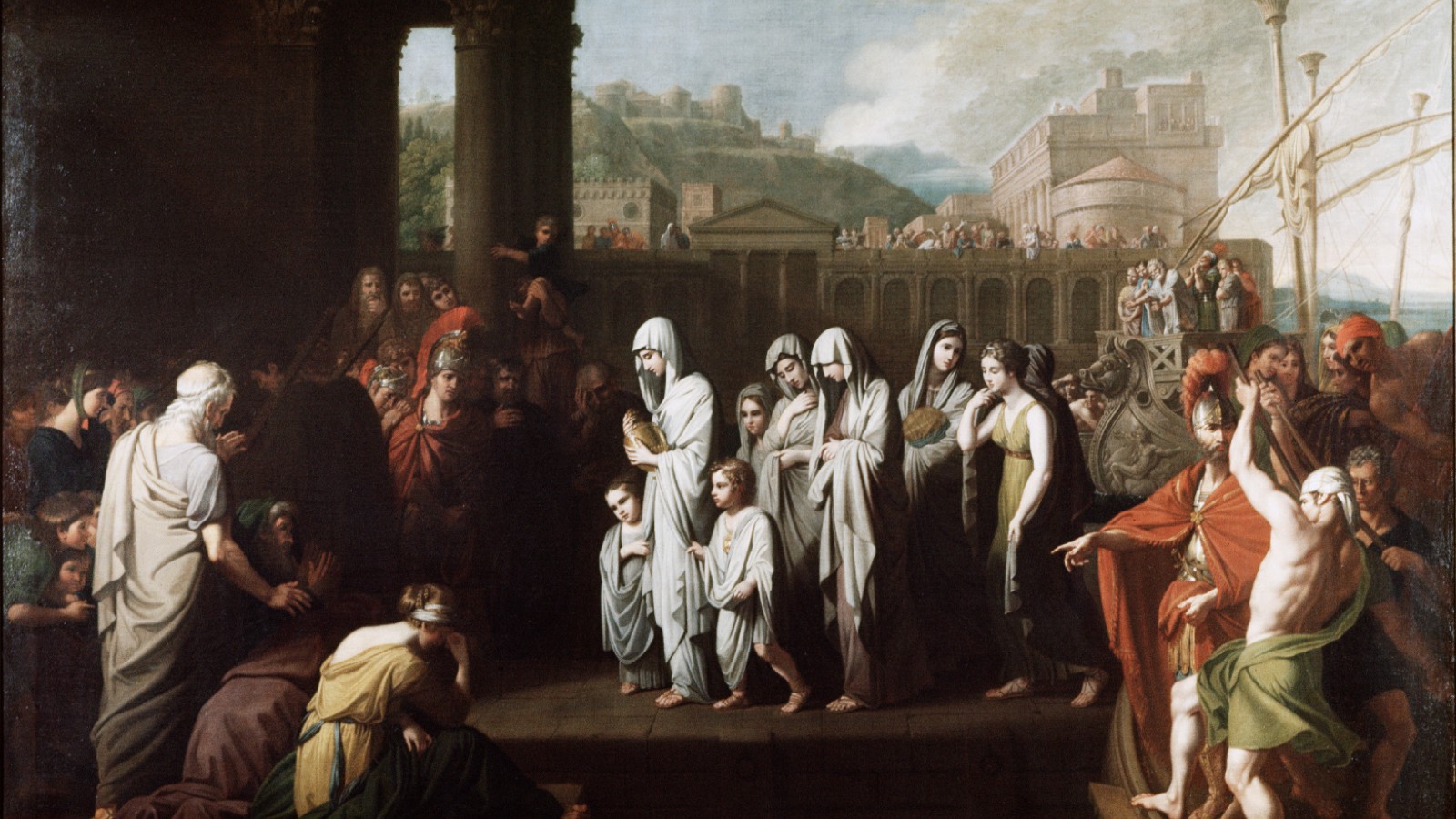
The granddaughter of Emperor Augustus, Agrippina was ambitious but realized that as a woman, she would have to use the men around her to gain power in Rome, according to Rene. "As with many Roman women before her, Agrippina knew a Roman woman could wield little power on her own, so [she] used her wiles to best puppet those around her and wield power through her children," she said.
After marrying Germanicus Caesar, a popular army general, in A.D. 5, Agrippina joined him on his military campaigns, rather than remaining safe in the capital as was customary. "In A.D. 14, she was with him at great personal risk when he faced down mutinous legionaries in the camps of Germania Inferior," Powell said.
Agrippina even acted to stop the mutiny, presenting herself and her son Gaius, who would later become Emperor Caligula, before the mutinous soldiers, according to Ball. "She was clearly a quick-witted and bold woman who knew when to take risks in dangerous situations," Ball said.
After Germanicus mysteriously died in A.D. 19, Agrippina suspected he had been murdered. She returned to Rome with her three sons. "Artworks recall Agrippina personally ferrying the ashes of her husband home to Rome," Rene said. "Her arrival would be met with crowds of sympathizers, which continued to grow on her way from the port in Brundisium to Rome. This act would immortalize Agrippina as a loyal and devoted wife."
Once in the capital, Agrippina began promoting the claims of her sons to the throne, which created hostility between her and Tiberius. "She fell foul of Tiberius' regime, particularly his advisor Sejanus, who was wary of the popularity and potential political following Agrippina could command, particularly after she tried to convince Tiberius to adopt her sons as his heirs," Ball said. Several plots against the emperor implicated Agrippina, and she was arrested and exiled. She died in A.D. 33, three years before her younger son Caligula became emperor.
Julia Avita Mamaea
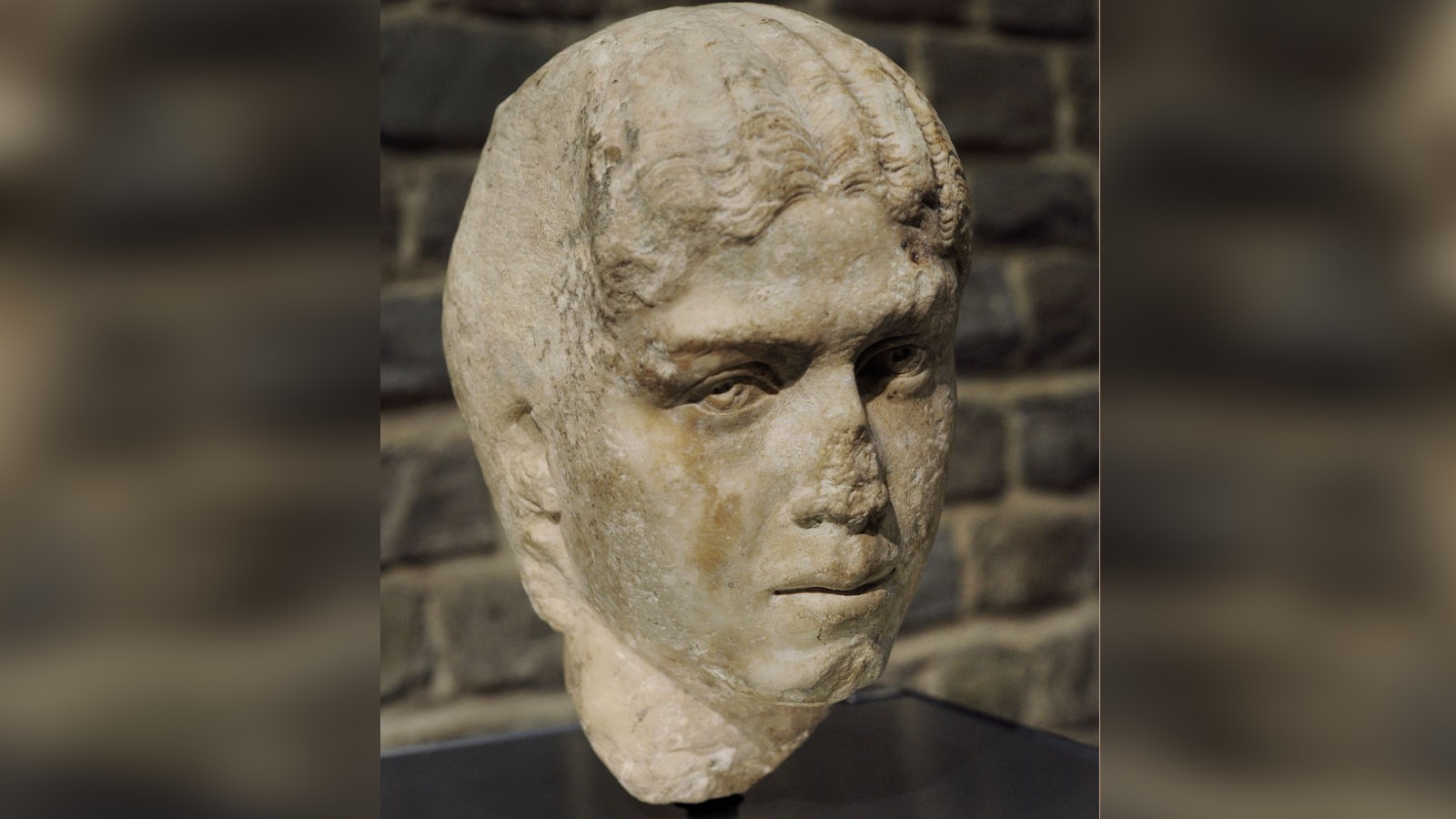
Born in Syria, then part of the Roman Empire, Julia Mamaea was from a noble and powerful family, which included Emperor Caracalla (A.D. 188-217), her cousin. After Caracalla was assassinated in A.D. 217, Julia's nephew Elagabalus eventually took the throne, and Julia and her son Alexander Severus were brought into the heart of the imperial court.
"Her son's time in court would lead him into favour with the Praetorian Guard, a unit who served as the emperor's bodyguard," Rene said. "Julia encouraged this support, reportedly distributing gold to them and encouraging them to keep her son safe from plots against him." Because she was a woman, Julia was not permitted to rule the empire, so she decided to pursue her ambitions through her son.
In A.D. 222, Elagabalus was assassinated, and the Praetorian Guard supported Severus as his successor, largely because of the political support that Mamaea had bought from the Praetorians, according to Ball. "Having bought her son's throne, Julia Mamaea became his Augusta, the highest rank a woman could be given," Ball said. "She was closely involved in the governance of the Empire — so much so that Alexander Severus became seen as an ineffective and weak emperor, impassive when compared to his mother, and a 'mama's boy.' Julia Mamaea dominated Imperial policy during her son's reign."
In A.D. 235, the army, frustrated by the emperor's lack of leadership, assassinated Mamaea and her son while she accompanied him on a campaign in Germania.
"In keeping a tight control over her son, Julia ultimately secured his downfall, as her influence meant that he could never develop into an effective leader in his own right, and in failing to secure the long-term support of the army, his long-term prospects would always be limited," Ball said. "Julia Mamaea knew that a Roman woman could only rule through her husband or son but forgot that her influence needed to be wielded as invisibly as possible. Her refusal, or inability, to step back would turn the Roman army against her son and led to his death and her own."
Additional resources
- "The Untold History of the Roman Emperors" (Cavendish Square Publishing LLC, 2016)
- "A Fatal Thing Happened on the Way to the Forum" by Emma Sothon (Harry N. Abrams, 2021).
- "Ancient Rome: A New History" by David Potter (Thames & Hudson, 2018)
Sign up for the Live Science daily newsletter now
Get the world’s most fascinating discoveries delivered straight to your inbox.
All About History is the only history magazine that is as entertaining as it is educational. Bringing History to life for readers of all ages.











